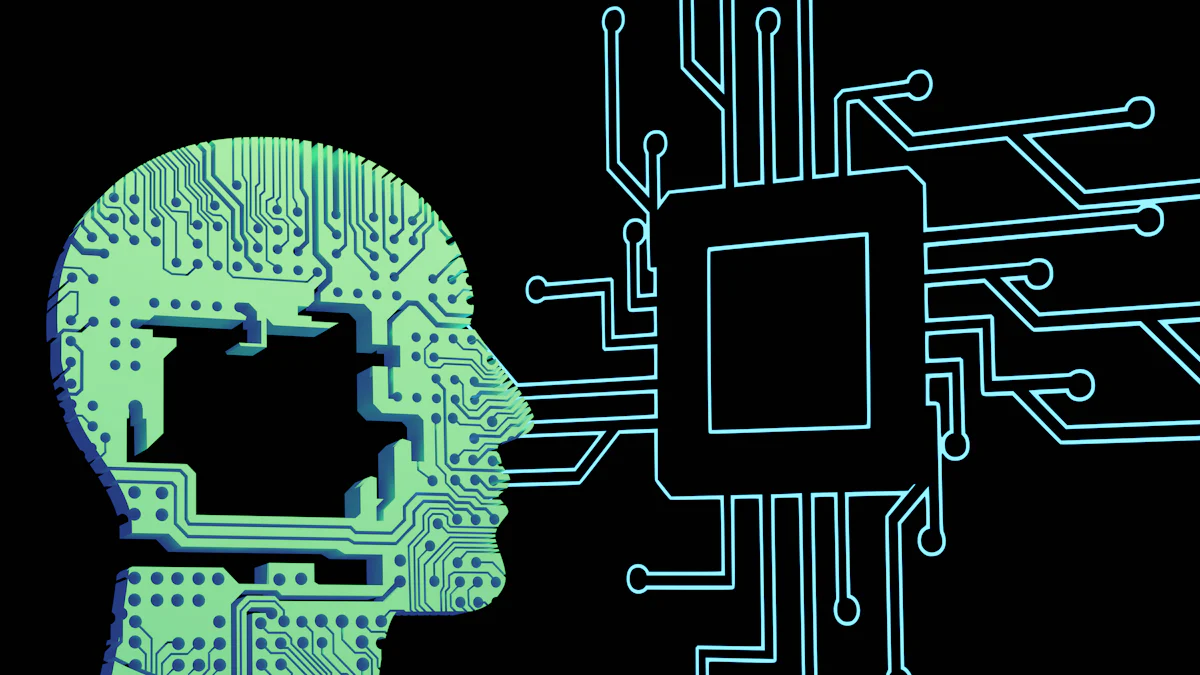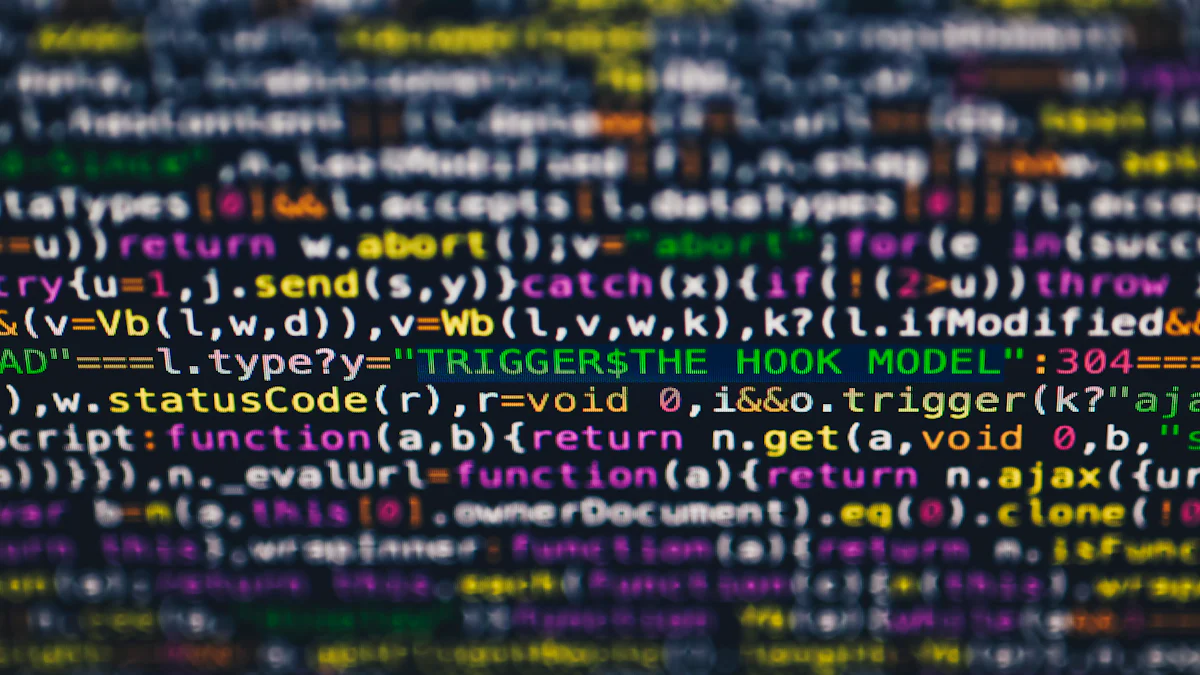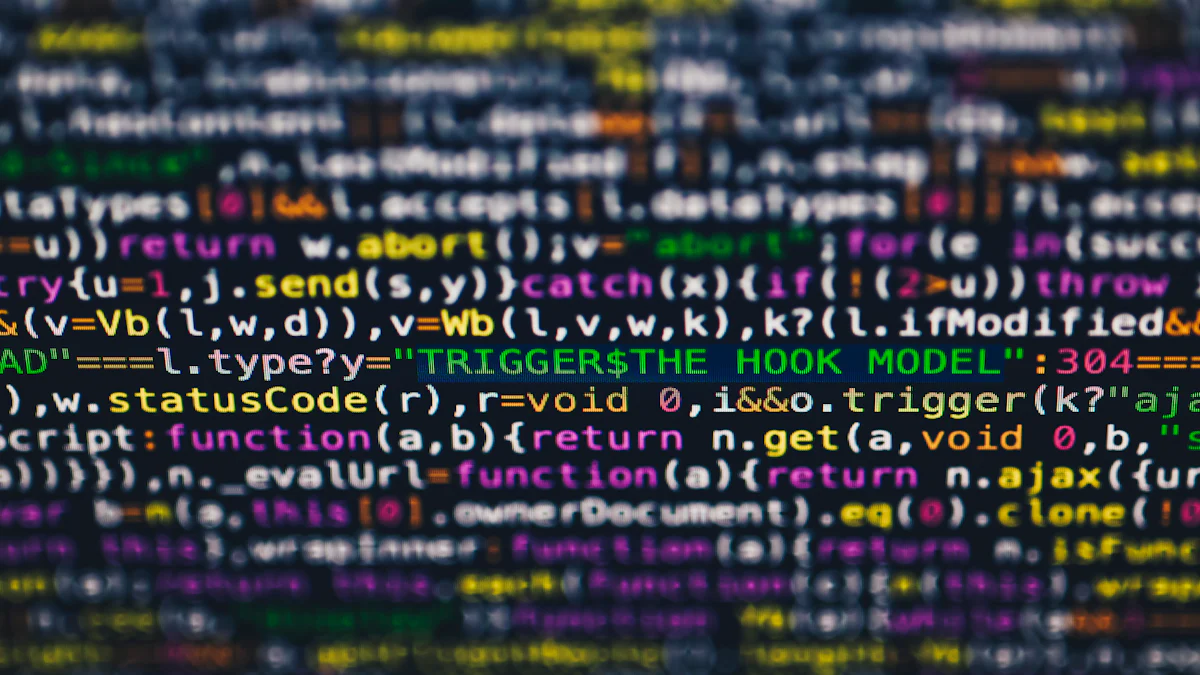Mastering AI-Assisted Programming: A Practical Guide

AI-assisted programming represents a significant advancement in software development. Mastering AI tools has become essential for modern programmers. This guide aims to provide practical insights into effectively leveraging these technologies.
Understanding AI-Assisted Programming

What is AI-Assisted Programming?
Definition and Scope
AI-assisted programming uses artificial intelligence to aid software development. These tools provide code suggestions, completions, and even generate code snippets. The scope includes various stages of coding, from writing to debugging.
Key Technologies Involved
Key technologies in AI-assisted programming include machine learning, natural language processing, and neural networks. Machine learning algorithms analyze large datasets to predict code patterns. Natural language processing helps understand and generate human-like code. Neural networks enhance the accuracy and efficiency of these predictions.
Benefits of AI-Assisted Programming
Increased Efficiency
AI-assisted programming significantly boosts developer productivity. Tools like GitHub Copilot and Tabnine offer real-time code suggestions. This reduces the time spent on repetitive tasks.
Error Reduction
AI tools help identify and fix bugs early in the development process. Automated code reviews and error detection minimize the risk of introducing vulnerabilities. This leads to more robust and secure software.
Enhanced Creativity
AI-assisted programming fosters creativity by handling mundane coding tasks. Developers can focus on innovative solutions and complex problem-solving. This results in more creative and efficient code.
Common AI Tools and Platforms
Overview of Popular Tools
Several AI-assisted programming tools have gained popularity. GitHub Copilot, Tabnine, and Kite are among the most widely used. These tools offer various features to assist developers in their coding tasks.
Comparison of Features
Each tool has unique features that cater to different needs. GitHub Copilot excels in code completion and suggestions. Tabnine focuses on supporting multiple programming languages. Kite offers advanced documentation and learning resources. Comparing these features helps developers choose the right tool for their specific requirements.
Getting Started with AI-Assisted Programming
Setting Up Your Environment
Required Software and Hardware
AI-assisted programming requires specific software and hardware. Developers need a modern computer with sufficient processing power. A multi-core processor and at least 16GB of RAM are recommended. An SSD will improve performance.
Software requirements include an integrated development environment (IDE) compatible with AI tools. Popular choices include Visual Studio Code, PyCharm, and IntelliJ IDEA. Ensure the IDE supports extensions for AI-assisted programming.
Installation and Configuration
Begin by installing the chosen IDE. Follow the official installation guide provided by the IDE's website. After installation, configure the IDE to support AI-assisted tools.
Install extensions or plugins for AI-assisted programming. For example, GitHub Copilot requires an extension available in the Visual Studio Code marketplace. Follow the installation instructions provided by the tool's documentation.
Configure the tool settings to optimize performance. Adjust preferences for code suggestions, completions, and other features. Regularly update the software to benefit from the latest improvements.
Basic AI-Assisted Programming Techniques
Code Completion
Code completion is a fundamental feature of AI-assisted programming. Tools like GitHub Copilot and Tabnine provide real-time code suggestions. These suggestions help developers write code faster and with fewer errors.
To use code completion, start typing a function or variable name. The AI tool will suggest possible completions. Accept the suggestion by pressing the tab or enter key. This feature speeds up coding and reduces the likelihood of typos.
Bug Detection and Fixing
AI-assisted programming tools excel at bug detection. Automated code reviews identify potential issues early in the development process. This proactive approach minimizes the risk of introducing vulnerabilities.
Use the AI tool to scan the codebase for errors. The tool will highlight problematic lines of code. Review the suggestions and apply fixes as needed. This process ensures more robust and secure software.
Code Optimization
Code optimization is another key benefit of AI-assisted programming. AI tools analyze the code to suggest improvements. These suggestions enhance performance and maintainability.
Run the AI tool to review the code for optimization opportunities. The tool will recommend changes to improve efficiency. Implement these changes to achieve better performance and cleaner code.
Advanced Techniques and Best Practices
Integrating AI into Your Workflow
Continuous Integration and Deployment
Continuous integration (CI) and continuous deployment (CD) are essential practices in modern software development. AI-assisted programming tools can significantly enhance these processes. Developers can use AI tools to automate code reviews, ensuring that only high-quality code gets integrated into the main branch. This automation reduces human error and speeds up the CI/CD pipeline.
AI tools can also monitor the performance of deployed applications. By analyzing logs and performance metrics, AI can identify potential issues before they become critical. This proactive approach ensures smoother deployments and more stable applications.
Collaborative Programming with AI
Collaborative programming benefits greatly from AI-assisted programming. AI tools facilitate real-time collaboration among team members. Developers can share code snippets and receive instant feedback from AI assistants. This interaction fosters a more collaborative environment, enabling teams to work more efficiently.
AI tools also help in maintaining code consistency across the team. By providing standardized code suggestions, AI ensures that all team members follow the same coding practices. This uniformity improves code readability and maintainability.
Case Studies and Real-World Applications
Success Stories
Several organizations have successfully integrated AI-assisted programming into their workflows. For example, a leading tech company used GitHub Copilot to accelerate their development process. The AI tool provided real-time code suggestions, reducing the time spent on writing boilerplate code. This efficiency allowed the team to focus on more complex tasks, resulting in faster project completion.
Another success story involves a startup that adopted Tabnine for their development needs. The AI tool supported multiple programming languages, making it easier for the team to switch between different projects. The startup reported a significant increase in productivity and code quality.
Lessons Learned
Real-world applications of AI-assisted programming offer valuable lessons. One key takeaway is the importance of regular updates. AI tools continuously evolve, and staying updated ensures that developers benefit from the latest features and improvements. Regular updates also address any security vulnerabilities, making the development process more secure.
Another lesson involves the need for proper training. Developers must familiarize themselves with the capabilities and limitations of AI tools. Proper training ensures that developers can leverage AI tools effectively, maximizing their potential benefits.
Challenges and Future Trends

Common Challenges in AI-Assisted Programming
Ethical Considerations
AI-assisted programming raises several ethical concerns. Developers must consider the potential biases embedded within AI algorithms. Biases can lead to unfair or discriminatory outcomes. Ensuring fairness and transparency in AI models remains crucial. Developers need to scrutinize the data used for training AI tools. Biased data can result in biased code suggestions. Ethical considerations also include the impact on employment. AI tools may replace certain programming tasks, affecting job opportunities. Addressing these ethical issues requires a balanced approach. Developers must prioritize ethical guidelines when using AI-assisted programming.
Technical Limitations
AI-assisted programming faces various technical limitations. AI tools may not always provide accurate code suggestions. Inaccurate suggestions can lead to inefficient or erroneous code. Developers must verify AI-generated code to ensure quality. AI tools also struggle with understanding complex codebases. Large and intricate projects may pose challenges for AI algorithms. Performance issues can arise due to the computational demands of AI tools. High processing power and memory are essential for optimal performance. Developers need to be aware of these limitations. Proper understanding helps mitigate potential drawbacks in AI-assisted programming.
Future Trends and Innovations
Emerging Technologies
Emerging technologies will shape the future of AI-assisted programming. Quantum computing holds promise for enhancing AI capabilities. Quantum algorithms can process vast amounts of data more efficiently. This advancement can improve the accuracy of AI code suggestions. Another emerging technology is edge computing. Edge computing brings AI processing closer to the source of data. This reduces latency and enhances real-time code assistance. The integration of blockchain technology can also benefit AI-assisted programming. Blockchain ensures secure and transparent data handling. These emerging technologies will drive innovation in AI-assisted programming.
Predictions for the Future
The future of AI-assisted programming looks promising. AI tools will become more sophisticated and accurate. Enhanced natural language processing will improve code understanding. Developers can expect more intuitive code suggestions. AI tools will support a broader range of programming languages. This versatility will benefit developers working on diverse projects. Collaboration between human developers and AI will become seamless. AI tools will facilitate real-time collaboration across teams. Continuous advancements will address current technical limitations. The future will see AI-assisted programming becoming an integral part of software development.
AI-assisted programming has revolutionized software development. Key benefits include increased efficiency, error reduction, and enhanced creativity. Popular tools like GitHub Copilot and Tabnine offer valuable features for developers. Setting up the environment and mastering basic techniques can significantly improve productivity. Advanced practices and real-world applications demonstrate the potential of AI tools.
Developers should start using AI tools to enhance their coding skills. Embracing these technologies will lead to more efficient and innovative solutions. Continuous learning and exploration of AI tools will keep developers ahead in the ever-evolving tech landscape.
